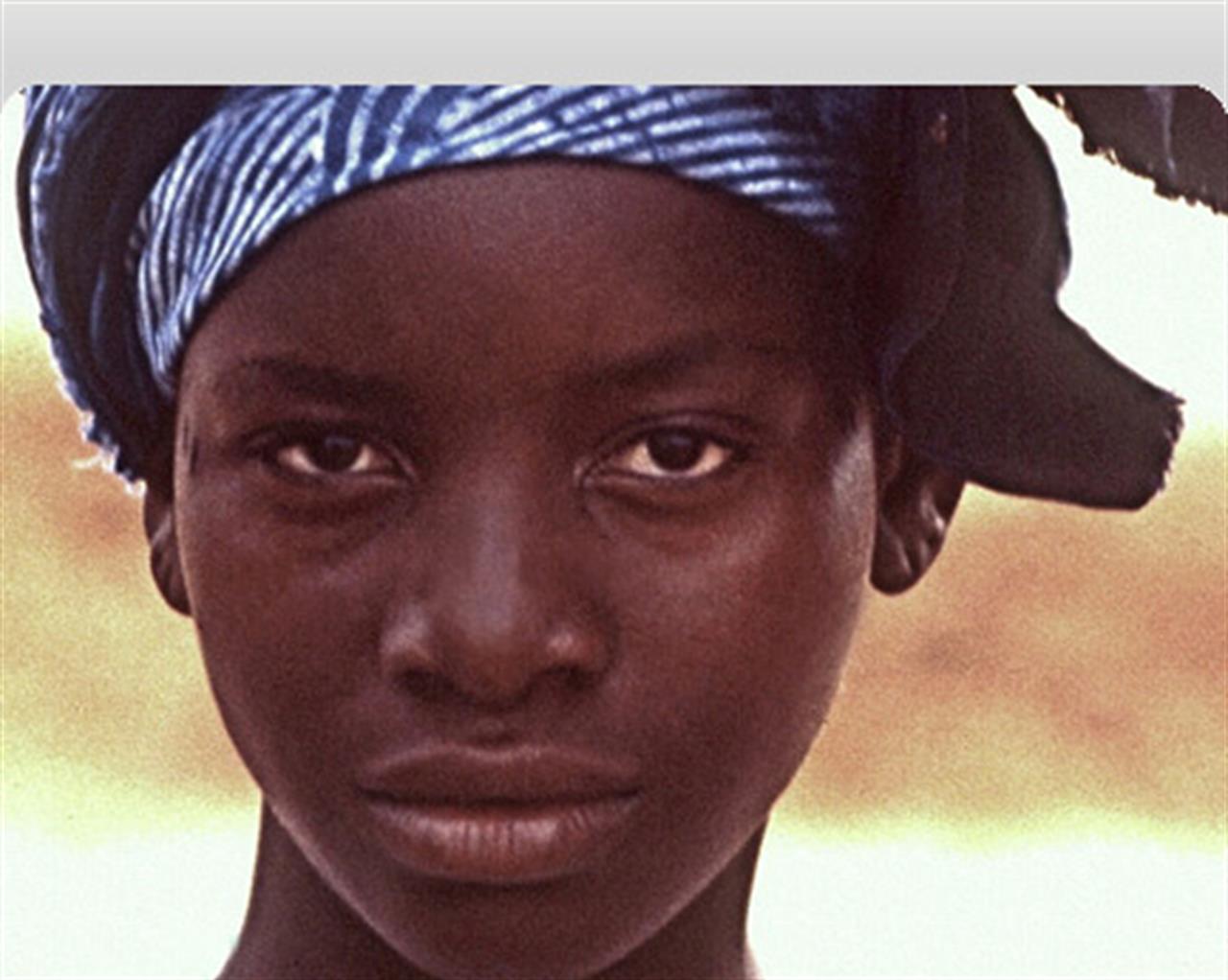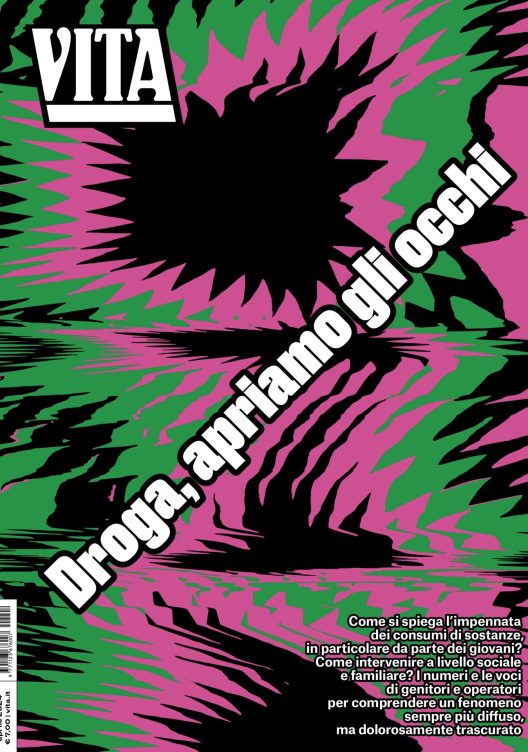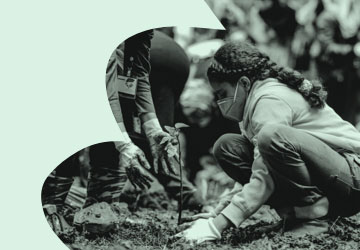Sanità & Ricerca
AIDS: Oxfam report highlights plight of women
Ignorance and inertia. These are the two monsters that Oxfam’s latest health report signals as being responsible for countless female deaths.
di Staff

A new report by international agency Oxfam and the World Population Foundation launched during the course of the international AIDS conference held in Mexico city last week says health officials have wasted 15 years and countless lives by willfully ignoring the best available invention to help protect women from HIV-infection and other sexually transmitted diseases.
The joint report, “Failing Women, Withholding Protection”, calls ‘disgraceful’ the fact that female condoms have been so poorly funded and ignored by policy makers that they remain largely unavailable and too expensive for most women to buy.
“This is a 15-year scandal born of ignorance and inertia. It has been made doubly worse as the HIV epidemic is now affecting women at a higher rate than men, especially in Sub-Saharan Africa. We now know that millions of women might have been spared HIV, unwanted pregnancies, and empowered themselves in the process, if they had access to this simple method,” said Oxfam’s spokesperson Farah Karimi.
Karimi: “The female condom is the only method that women have to protect themselves. It has been embraced in many countries and cultures, it works and it is cost-effective. Political leadership and funding are needed now. No more excuses.”
Oxfam said that studies have shown a high level of acceptability for the female condom – up to 97% in India for instance – amongst both men and women. Female condoms remain the only existing primary prevention method for women. Yet just one model of female condom has been marketed since its invention in 1993 and no improvements have been made since.
In the past ten years, the report observes, just over $6 million has been spent developing a new condom for women, made by the non-profit group PATH. By comparison, in 2006 alone, donors spent more than $1 billion trying to develop new HIV-prevention technologies. With little investment and innovation, the price of the female condoms has remained unaffordable compared to male condoms.
Carlos Zarco, Director of Rostros y Voces, the observer member of Oxfam International in Mexico said: “The female condom is 18 times more expensive than a male condom. It’s obvious why women are not using it more. HIV-infection rates among women continue to rise. Young women in sub-Saharan Africa represent 75% of new HIV-related cases. The female condom would definitely cut the percentage down.”
The report says that an investment of $20 million would allow new female condoms to be brought to market, boost competition and decrease the price. The sum would allow sufficient investment to complete two new female condom production lines.
In its report, Oxfam calls on all governments and international agencies to include female condoms in their family-planning and AIDS prevention programs, and in their funding proposals to the US President’s Emergency Plan for AIDS Relief (PEPFAR), the Global Fund and UNITAID.
Karimi concluded: “It can be a win-win situation for all, especially for young women, the most vulnerable group.”
Find out more: www.oxfam.org

